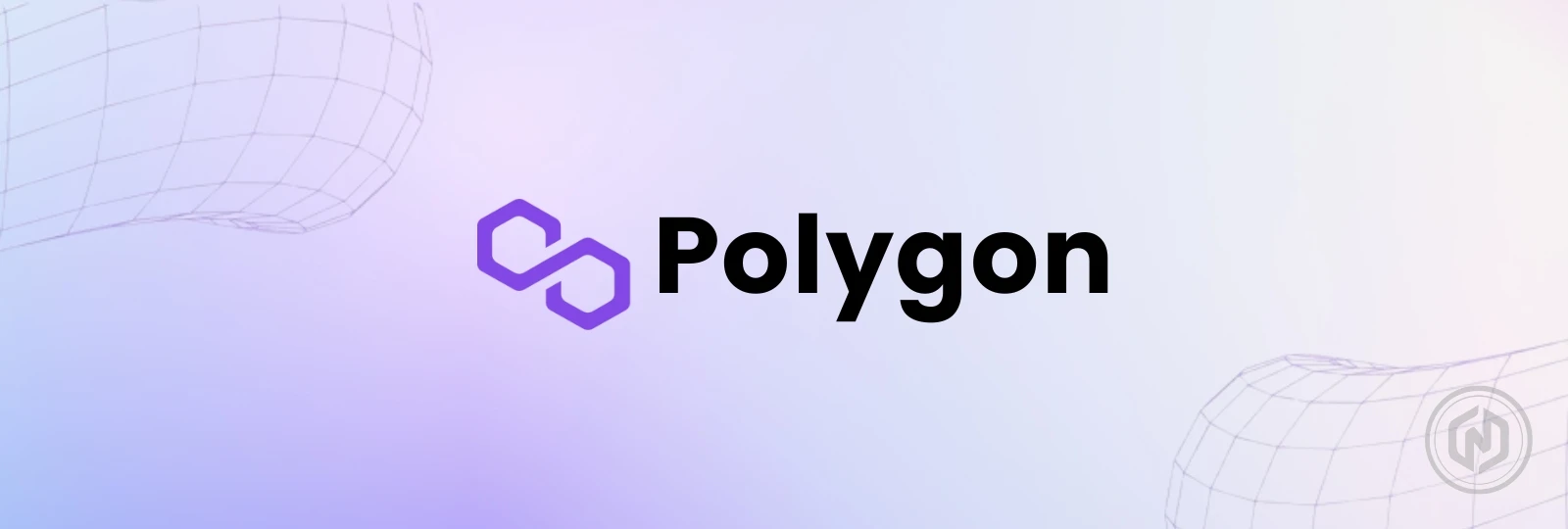The transition from MATIC to POL is finally happening on September 4, 2024. This represents a significant change in the PoS mechanism and the overall ecosystem. Essentially, POL will replace MATIC as the principal token for staking and gas fees. In the coming phases, the token will play an important role in the AggLayer. The effects of this announcement are evident in POL’s upswing. The token has surged by 2.98% in the last 24 hours and is up by 0.98% in the last 7 days. The token currently trades at $0.4176, showing potential for future upticks.
POL, as a staking token, translates to two important factors. One of these factors is its importance in terms of network security and incentive systems. The network provides security, and validators receive incentives based on their responsibilities. It goes on to establish the network’s health and scalability, which helps developers meet their future requirements conveniently without making any significant transitions.
Validators and delegators earn rewards for their participation in POL. This enhances the utility aspect and provides an incentive for improved performance. Transaction fees qualify for rewards as well. These are the staking benefits, or rather a pitch from the team to enhance the ecosystem’s liquidity.
The token is believed to perform well. The Polygon (MATIC) price prediction estimates that it will surpass the $3.4 milestone by the end of 2024, paving the way for a higher target of $4.3 for 2025.
Validators will continue to block production, sign checkpoints, and propose new blocks. When these responsibilities are fulfilled, validators will receive rewards for network security and surveillance.
The delegation mechanism includes two key elements: participation and accessibility.
Participation pertains to a broader opening for staking to enhance network security. A transition to POL introduces the same scope. All token holders can contribute via trusted validators.
The technical upgrade necessitates that MATIC holders transition to POL with no deadline at press time. The community still reserves the right to establish a future timeline. Updating RPC settings in a wallet is imperative to avoid the unit where gas fees appear for users.
PIPs, or Polygon Improvement Proposals, are key to decentralized governance. They encourage community involvement in the process, giving members a voice in the final decision. It entails adjusting the emission rate, security protocol, and system adaptability.
The transition is aimed at being seamless, with a 1:1 upgrade on the line. A migration smart contract will power this, ensuring that values and tokens remain intact except for the simple transition.
POL is significant in terms of network security, governance, and scalability; however, scalability may temporarily dominate. Network security and governance will remain critically important in the backend as validators pursue the committed incentives. The objective is to enhance the network’s resilience and encourage more widespread participation.
The transition from MATIC to POL is anticipated to increase the demand for MATIC, as it is a fundamental prerequisite for making the transfer to POL. This may result in a temporary surge in the price, following which it will be necessary to maintain those gains and set new benchmarks. How POL performs in the market and how validators and developers advance the ecosystem will determine the long-term trend.

